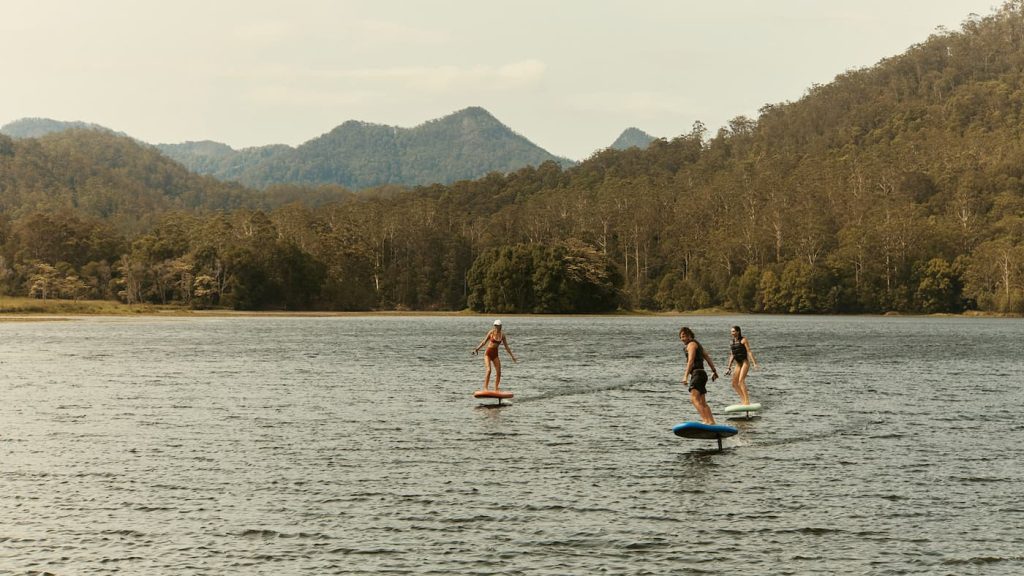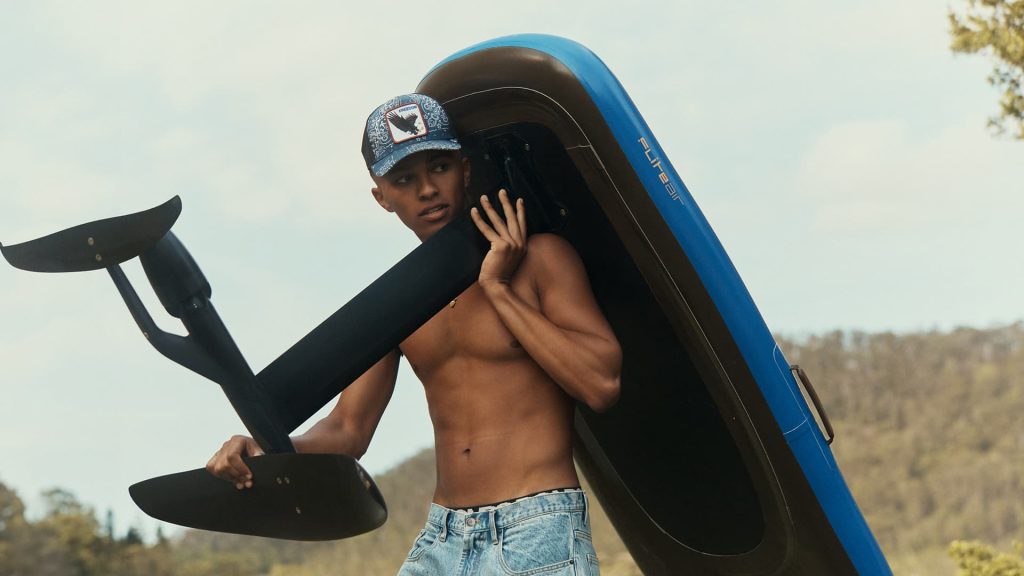
Electric surfboards and hydrofoil boards are some of the most fun you can have on the water, but their high prices have often limited their reach to those with boat money. Today, Fliteboard announced a new line of lower-cost models known as the Flite AIR to help make electric surfboards more accessible to a broader market.
Fliteboard, part of boating giant Brunswick, has spent several years as a leading force in the electric hydrofoil board market.
Many of the company’s most popular models cost between US $10,000 to $17,000, which is actually quite standard in the industry. It may sound like a lot of money, but it’s simply an expensive market.
But times are changing! The new Flite AIR and Flite AIR PRO, just revealed this morning, cut those prices down to a starting MSRP of just US $6,995.
“We are thrilled to announce the launch of Flite AIR and Flite AIR PRO today at the Miami International Boat Show, one of the most important shows in the world and a wonderful opportunity to showcase these transformational products to a global audience,” said, David Trewern, Fliteboard Founder, CEO and Product Architect. “Flite AIR is great for using on and off boats, docks, rocky beaches, or for school and rental applications. Compatible with most Flite products, the boards can even be used by pros as a durable and lightweight alternative to our carbon fiber boards. These new boards bring to life the fun personality of the product to appeal to a wider audience while staying true to the Flite brand and our pillars–innovation, design, performance, and community.”

So how’d they do it? With a low-cost and abundant resource: air.
Instead of the more expensive carbon fiber boards common in the industry, the Flite AIR uses an inflatable design. The same technology that has brought down the price of furniture, toys, and boats, is now doing the same for electric hydrofoil boards.
The rigid inflatable board uses a patent-pending design to create a solid riding platform. It uses a drop stitch construction outer bladder that helps reduce production costs and improves the board’s durability.
The 5’8″ (172 cm) Flite AIR is more suitable for beginner and intermediate foilers, while the shorter 5’2″ (157 cm) Flite AIR PRO offers a more nimble ride that is better suited for advanced foilers.

The move is expected to help the growing sport of electric foiling become more accessible and make learning easier.
Having tested several electric hydrofoil boards myself, I can vouch for just how much fun these boards are, though their steeper learning curve means that they can take more time to master than a conventional electric surfboard. And so a lower cost offering that opens the door to more people can help make it easier than ever to learn and enjoy.
And hey, it sure beats trailering a jet ski down to the boat ramps!
Author: Micah Toll
Source: Electrek



